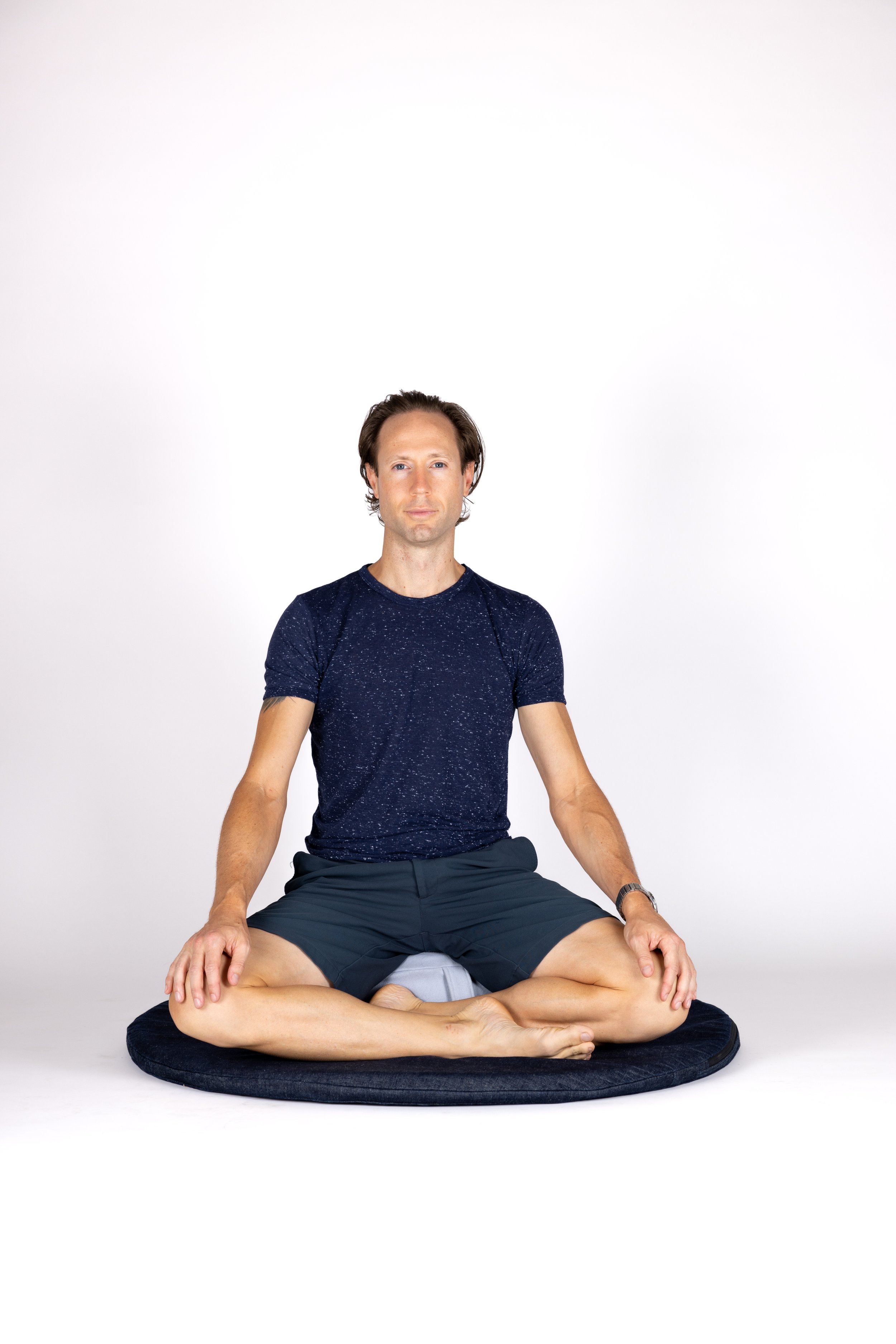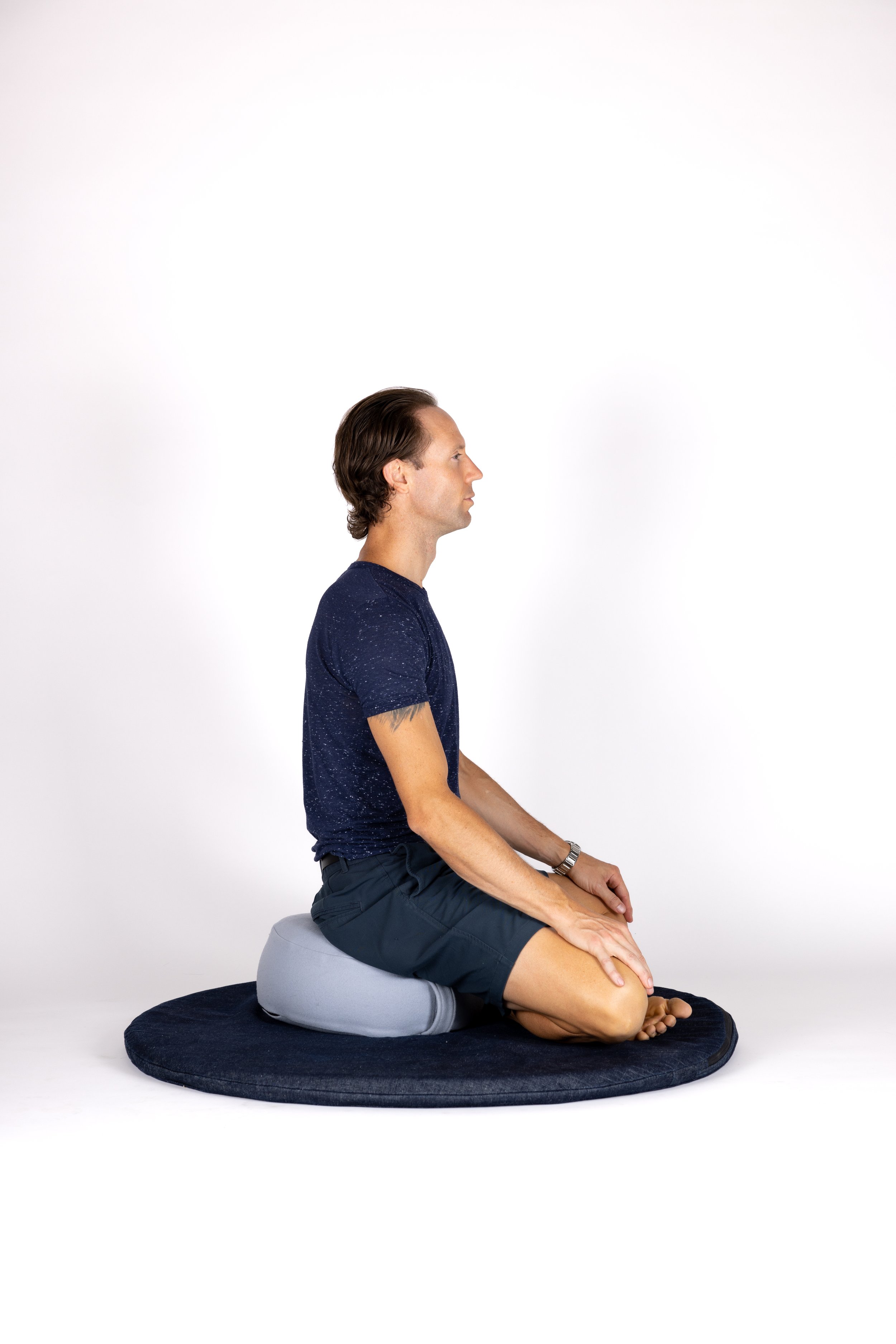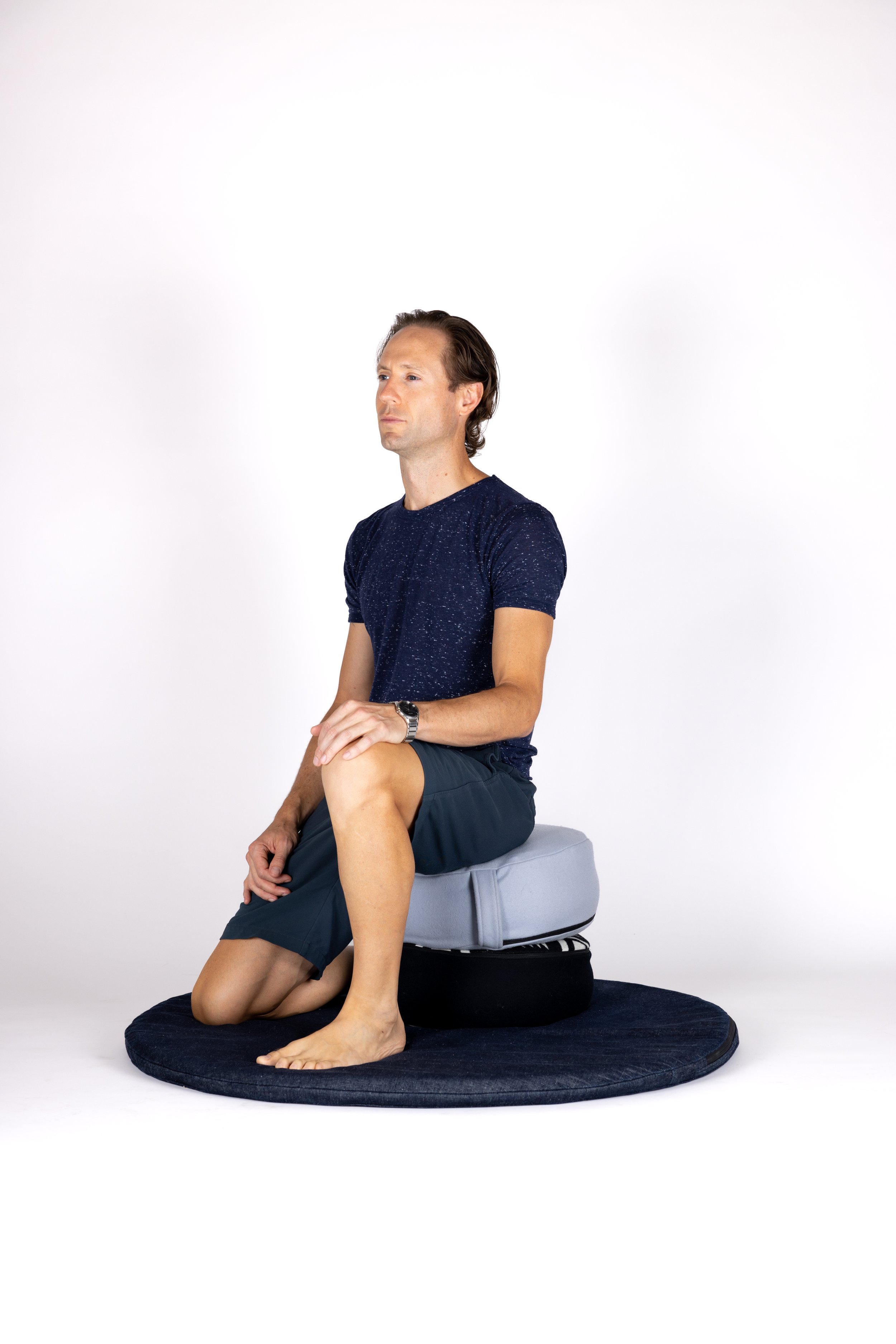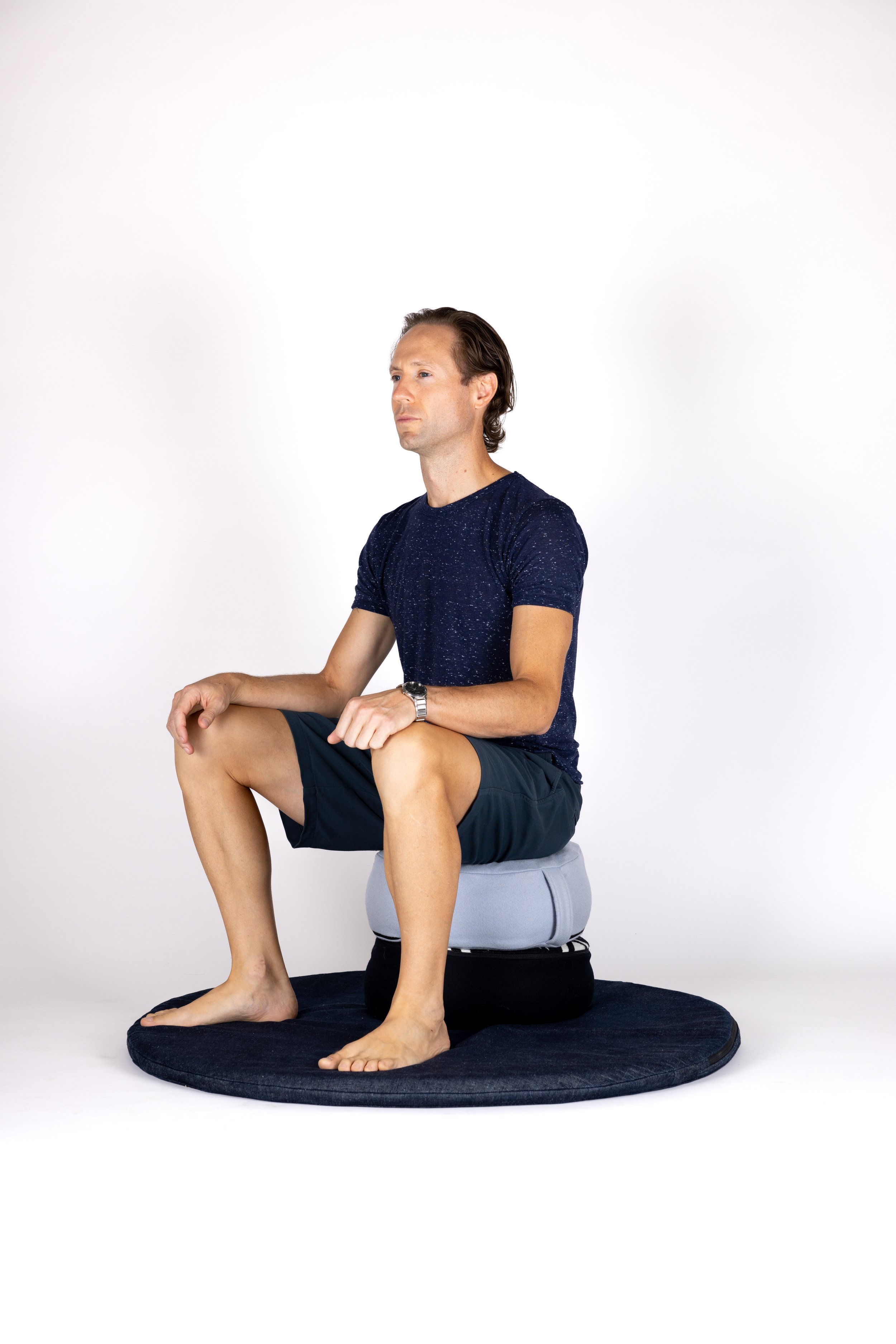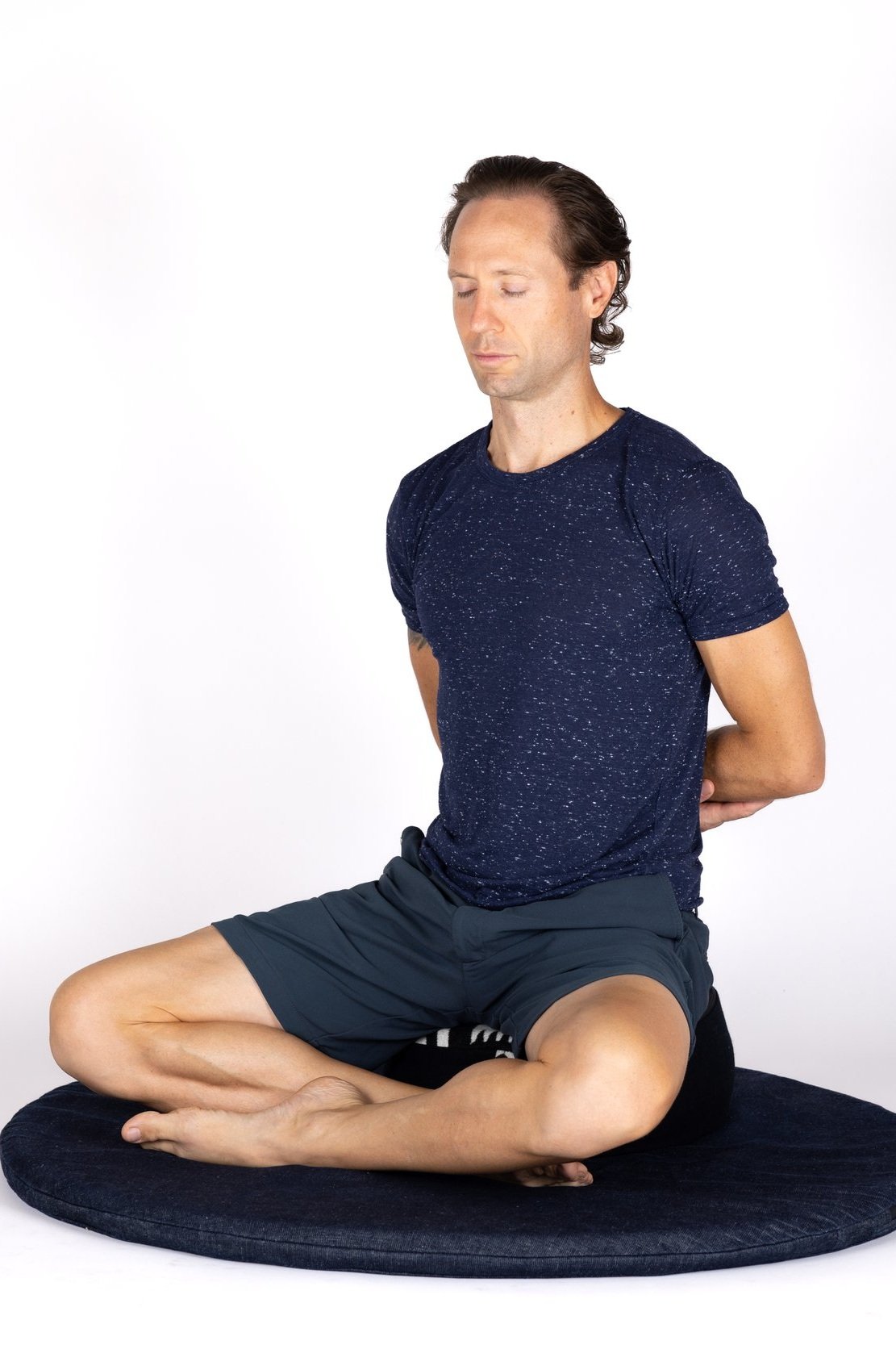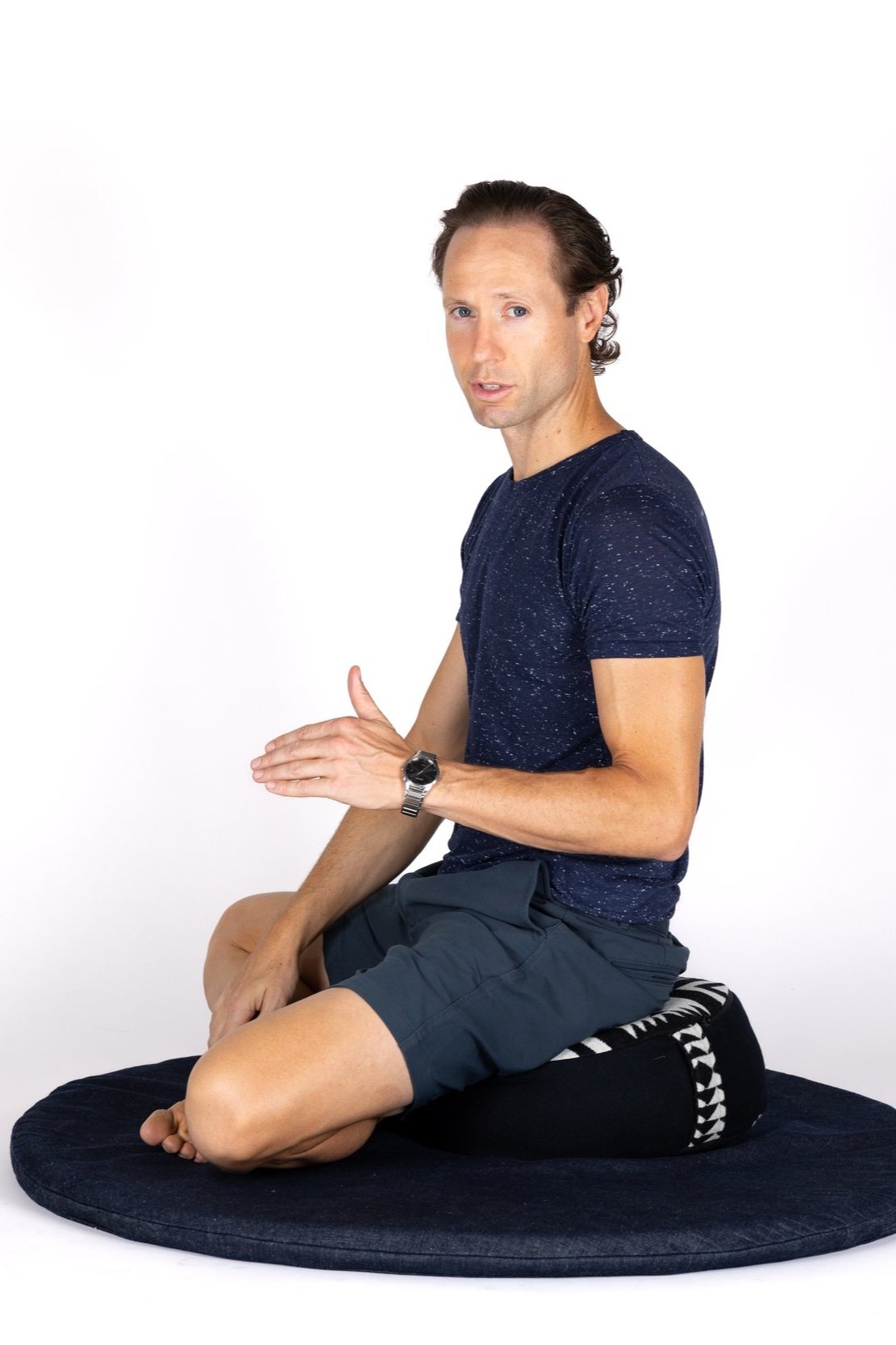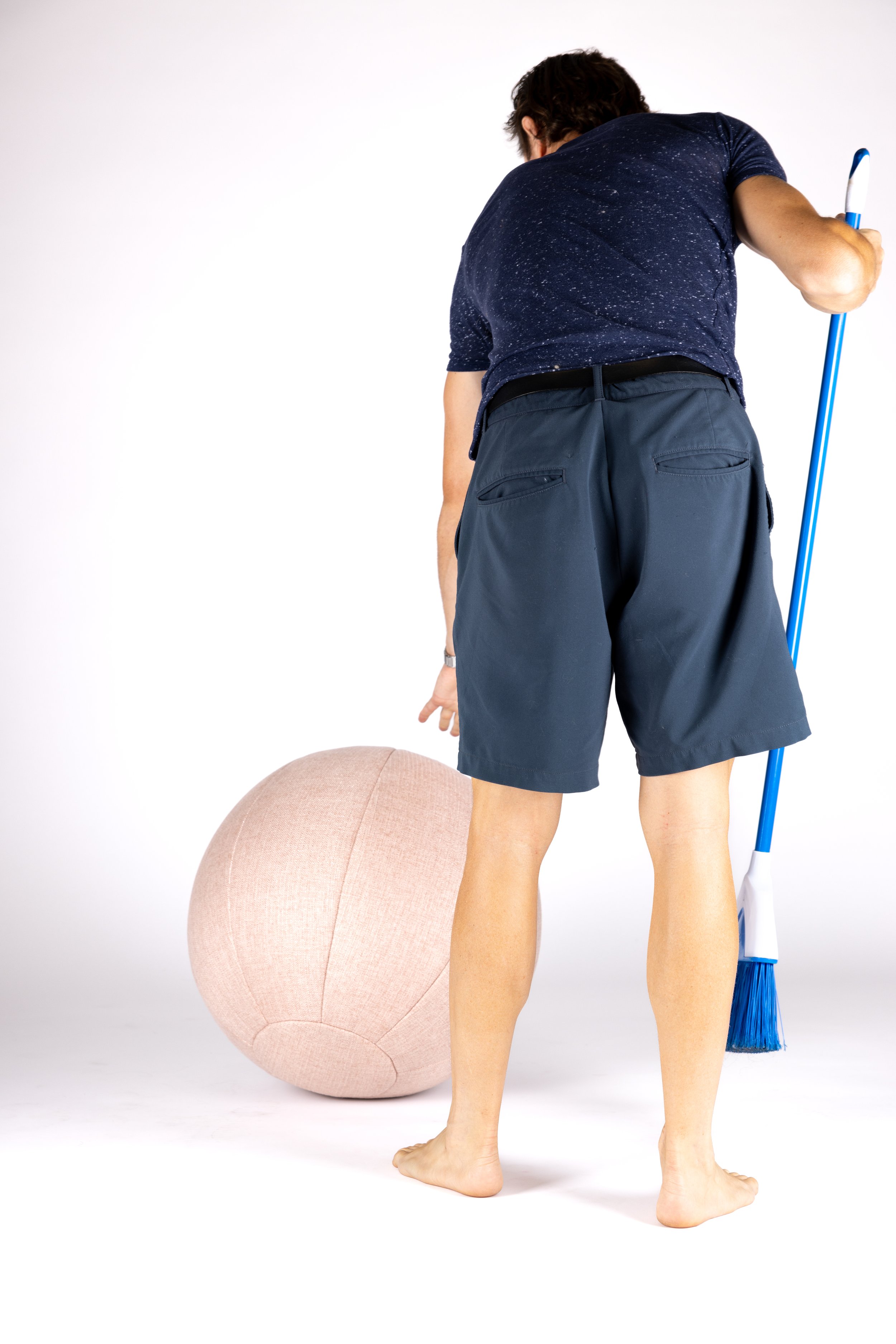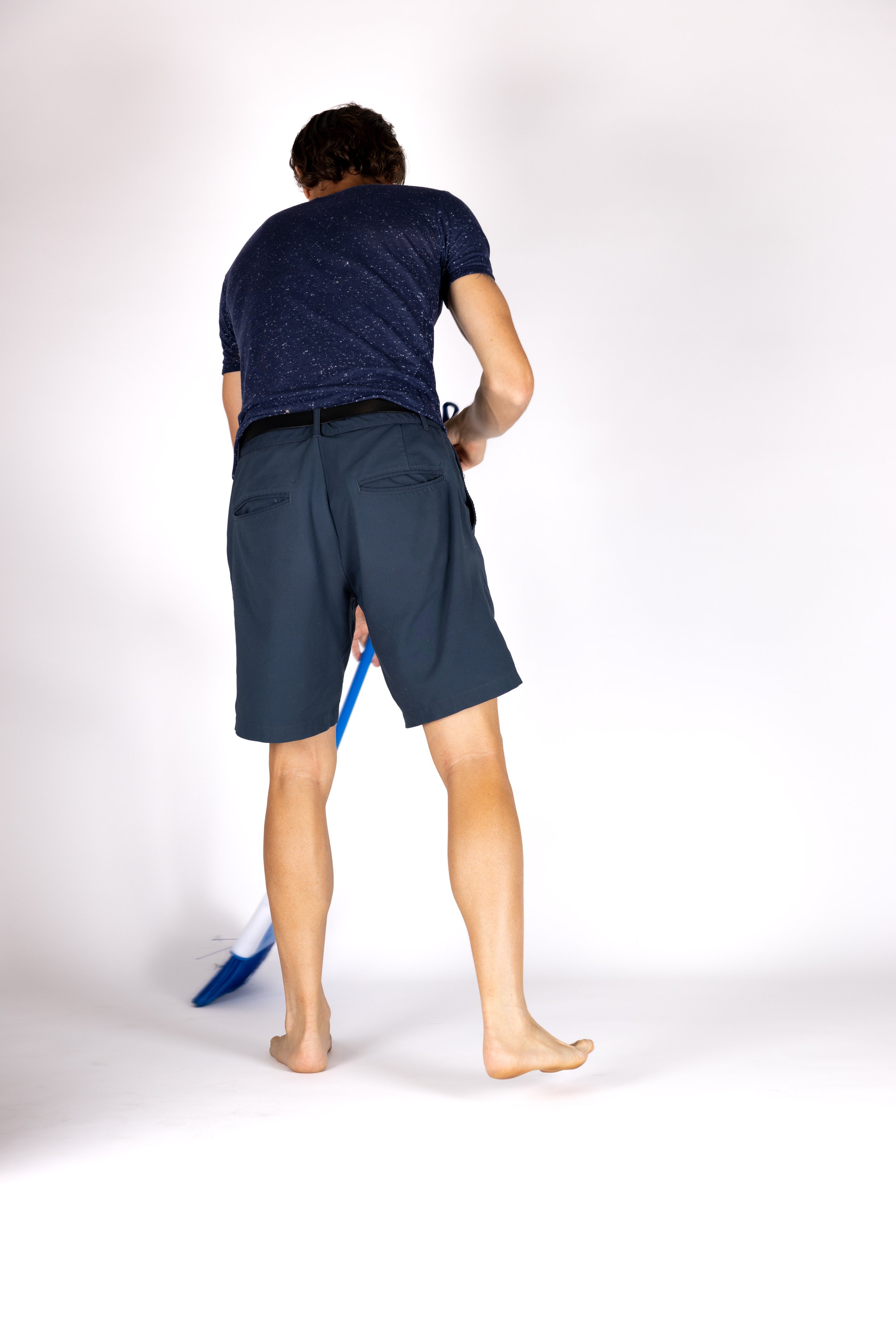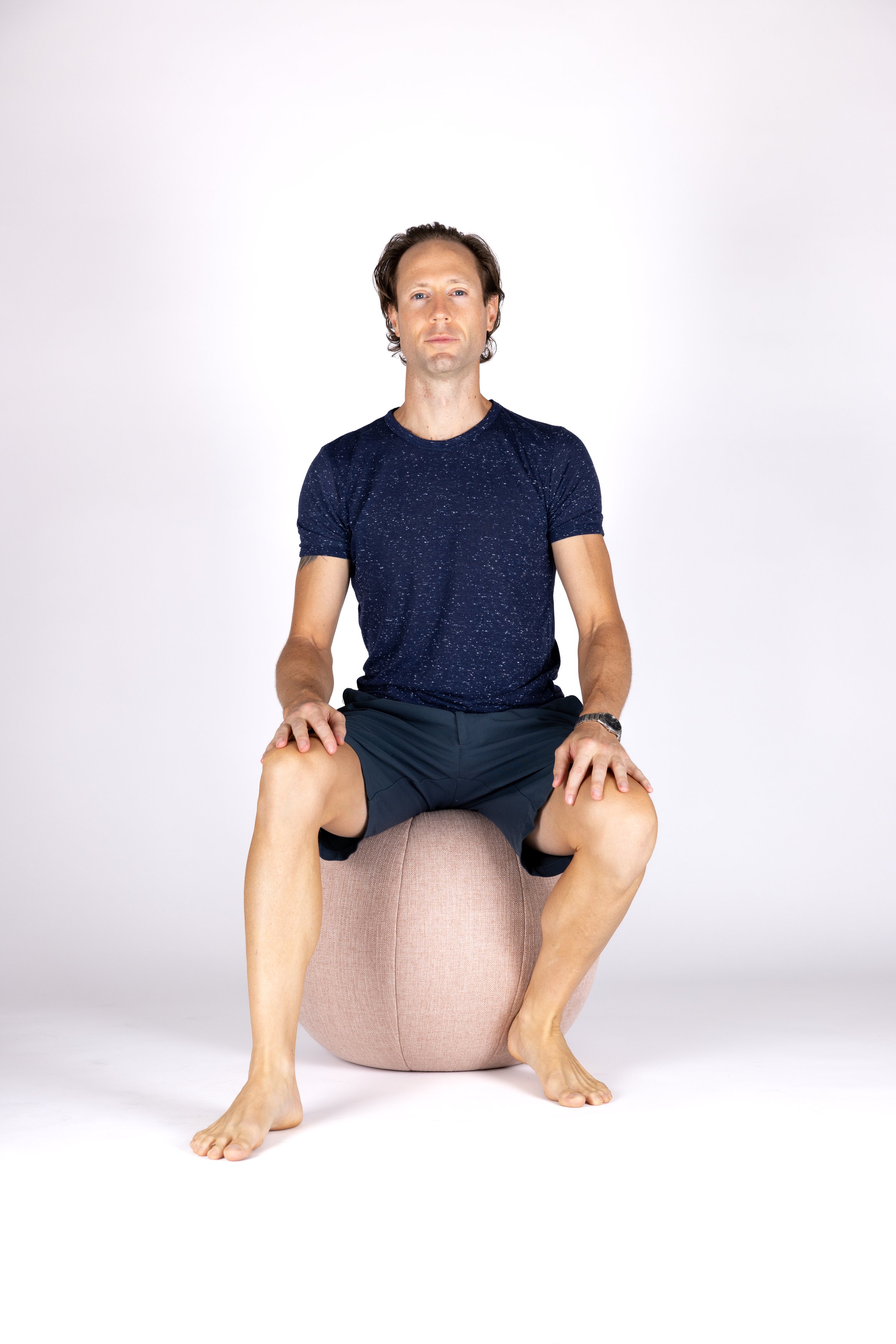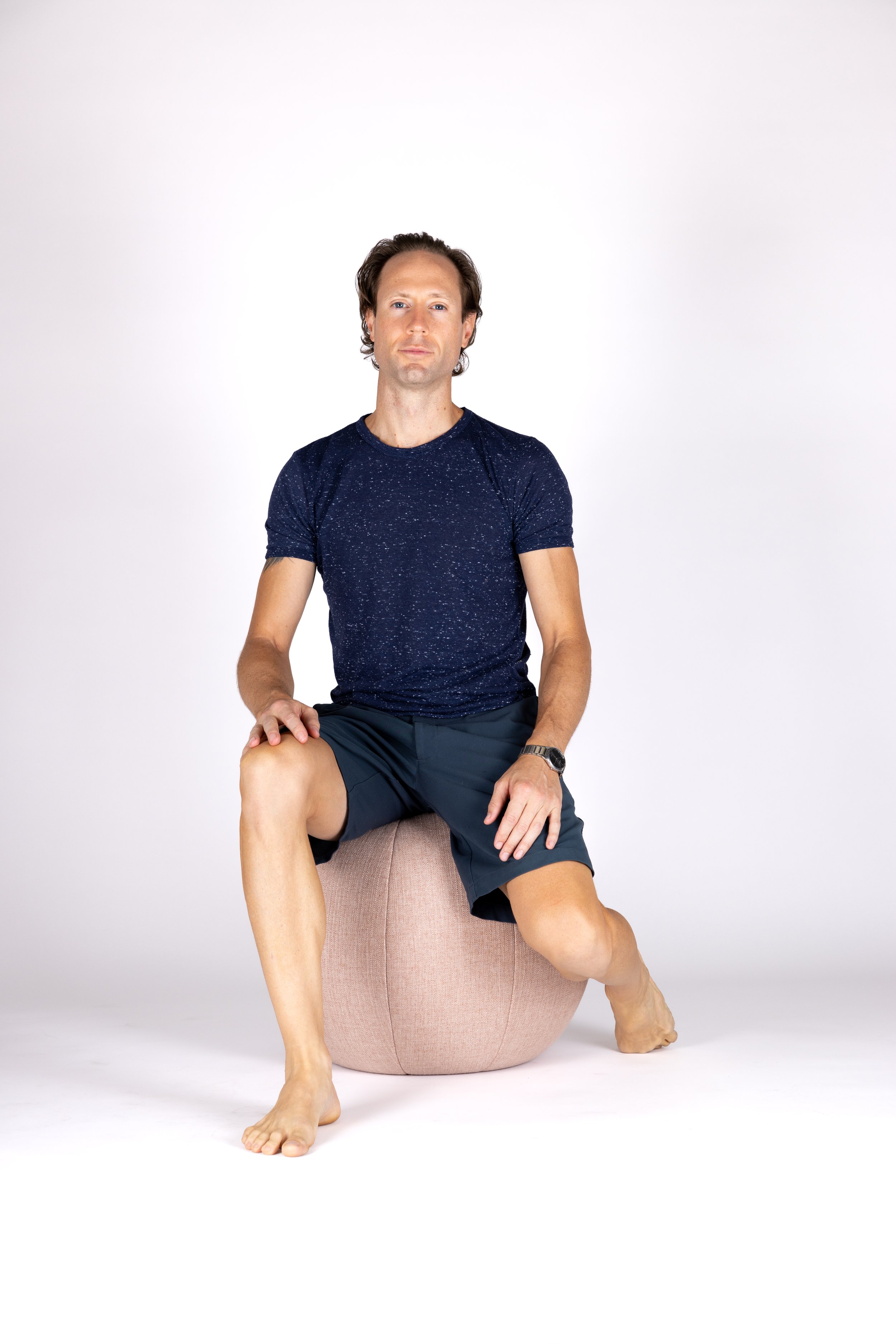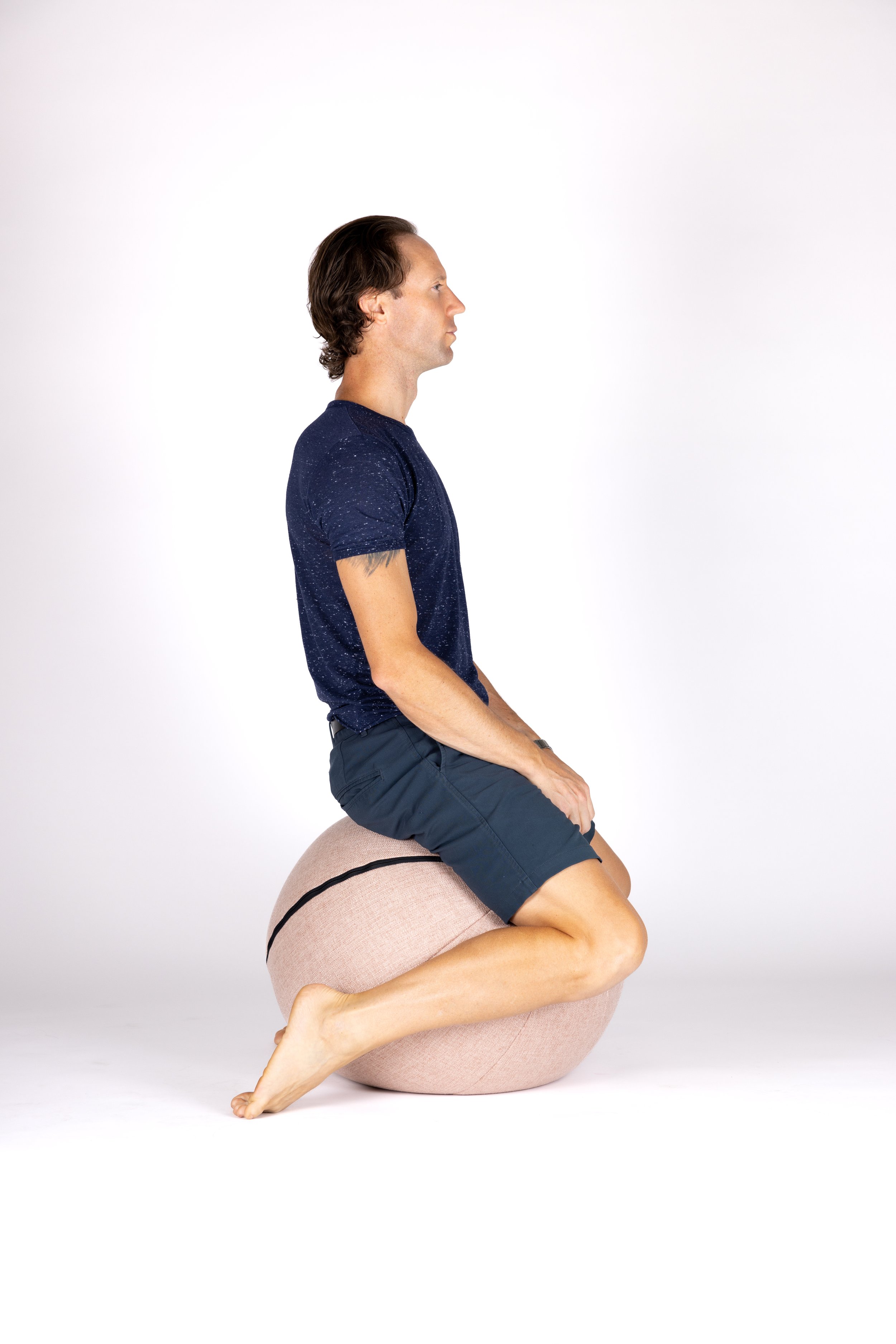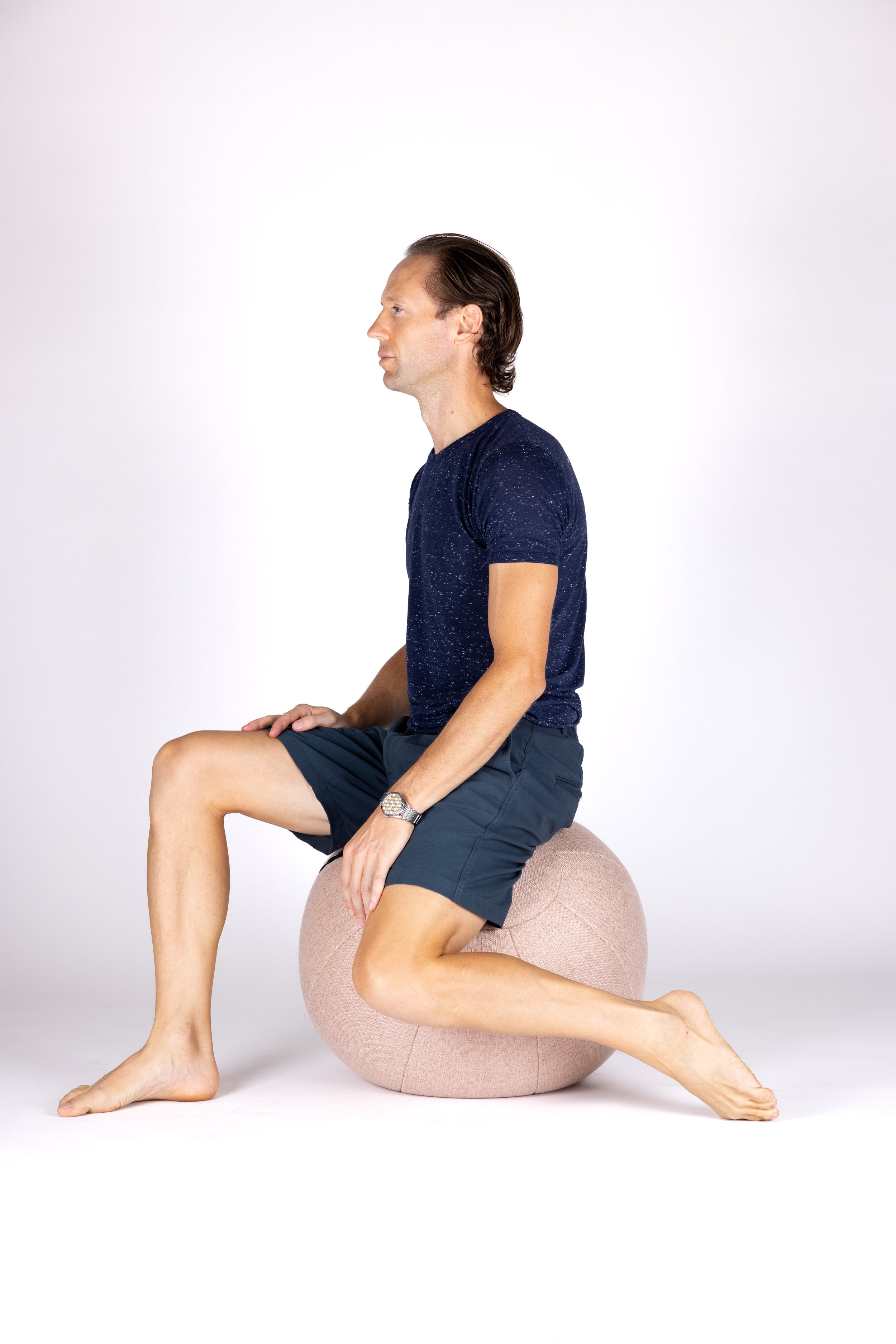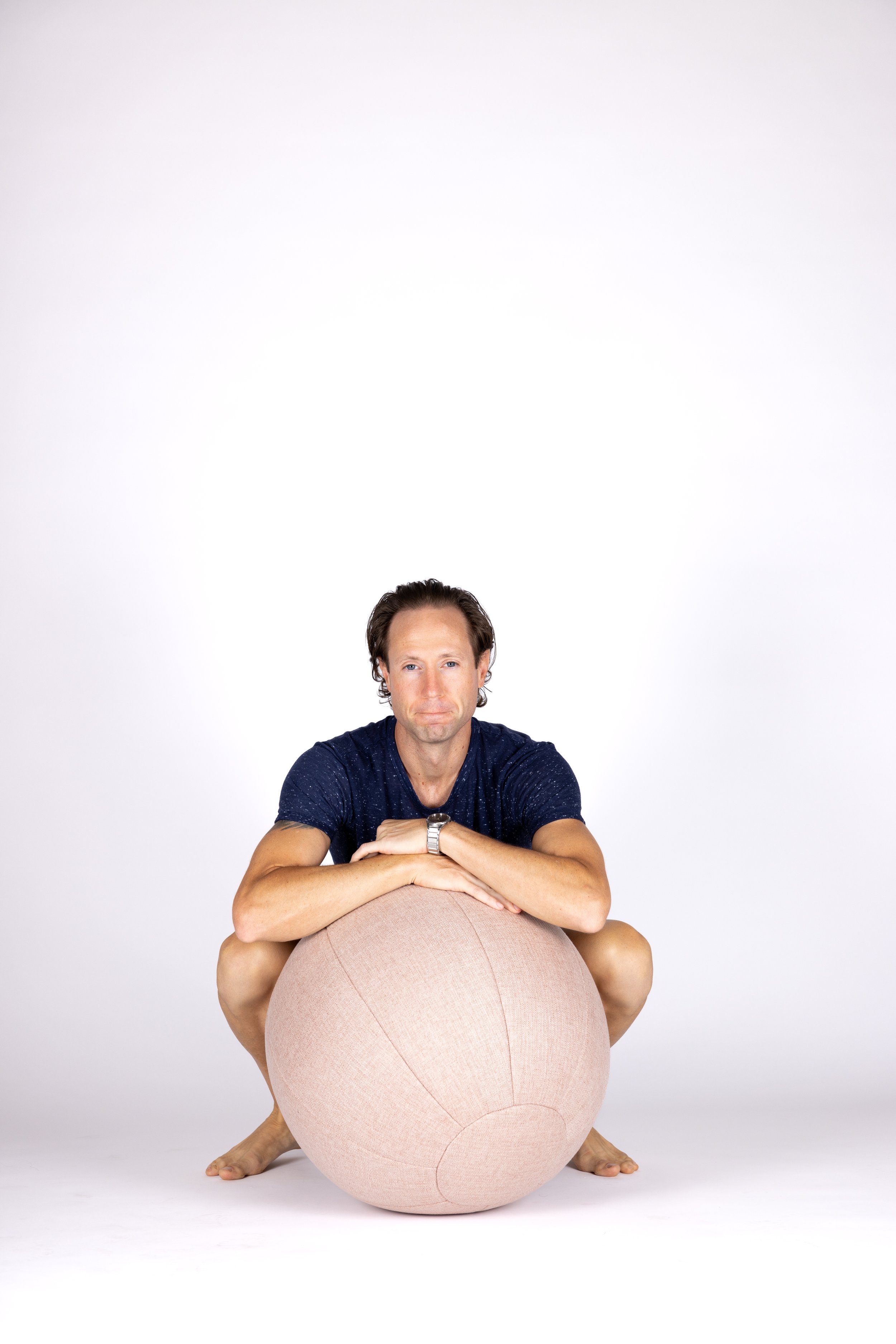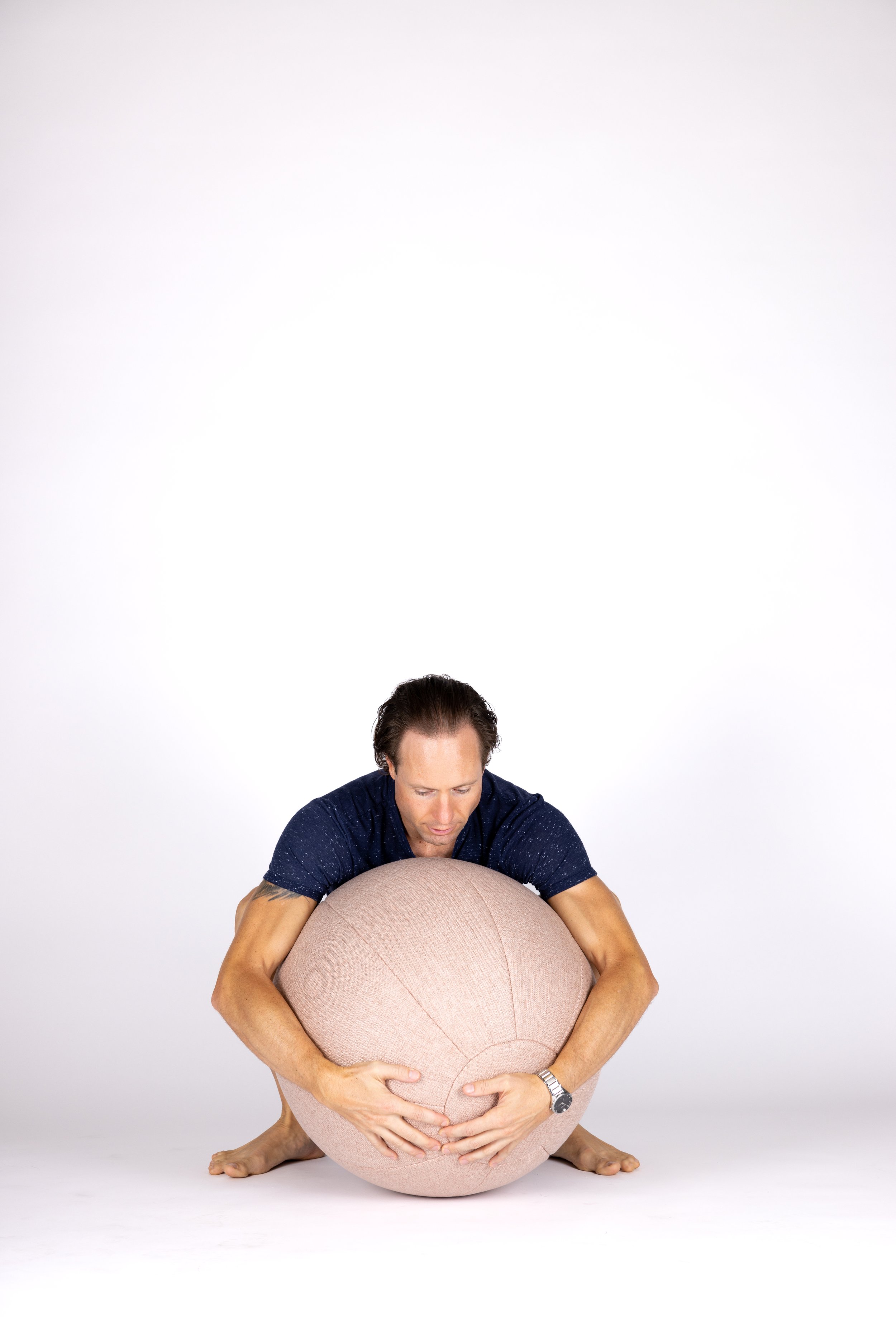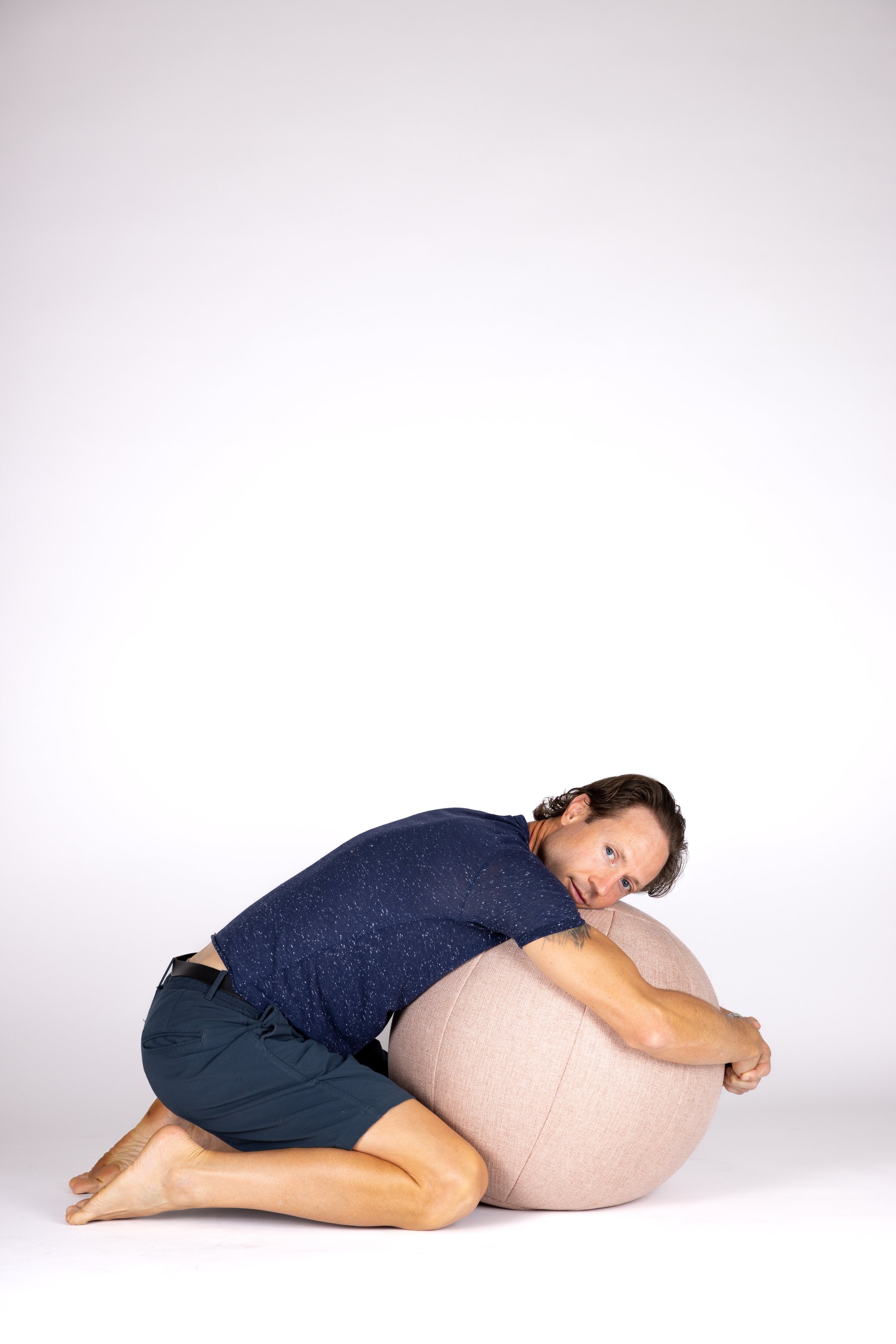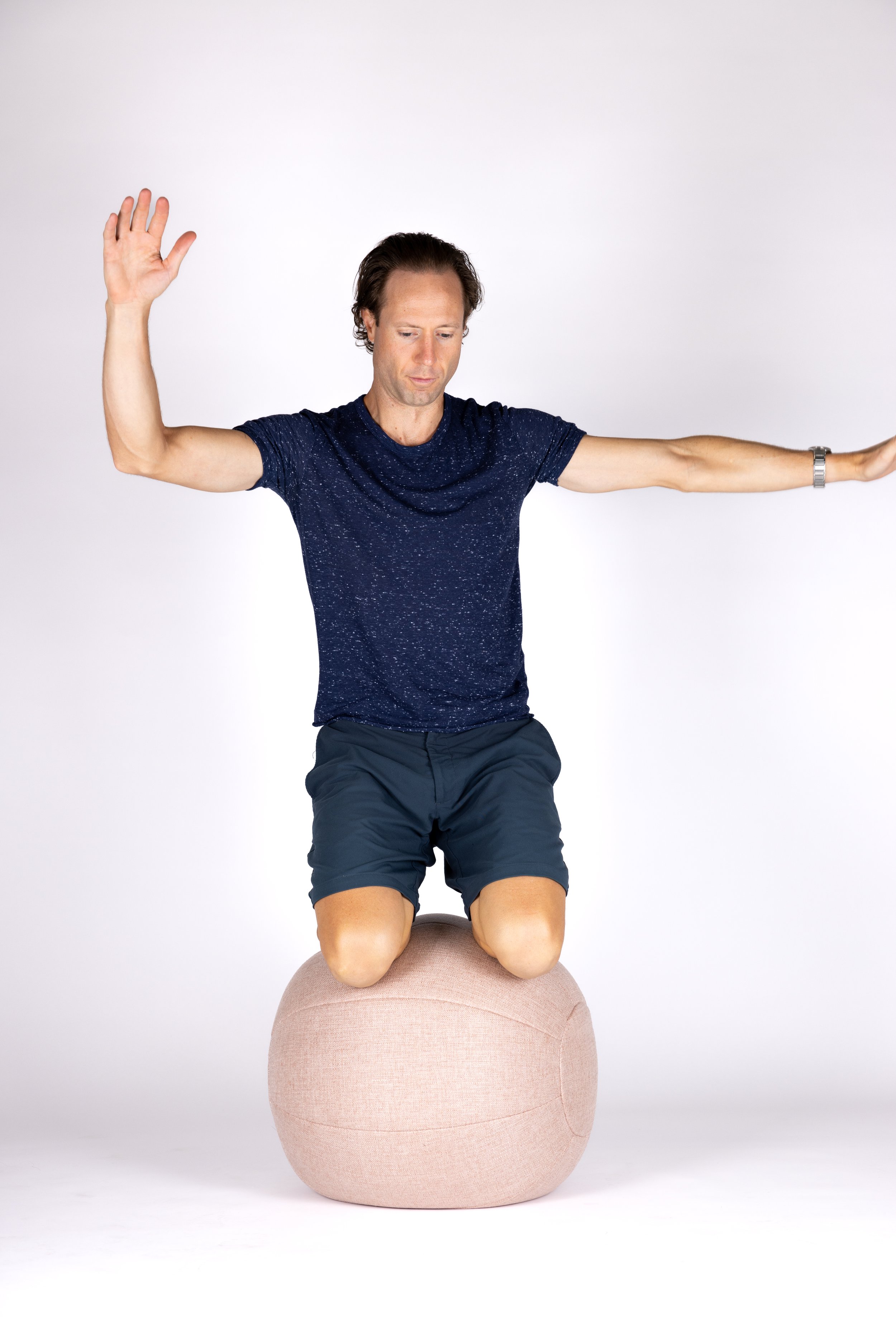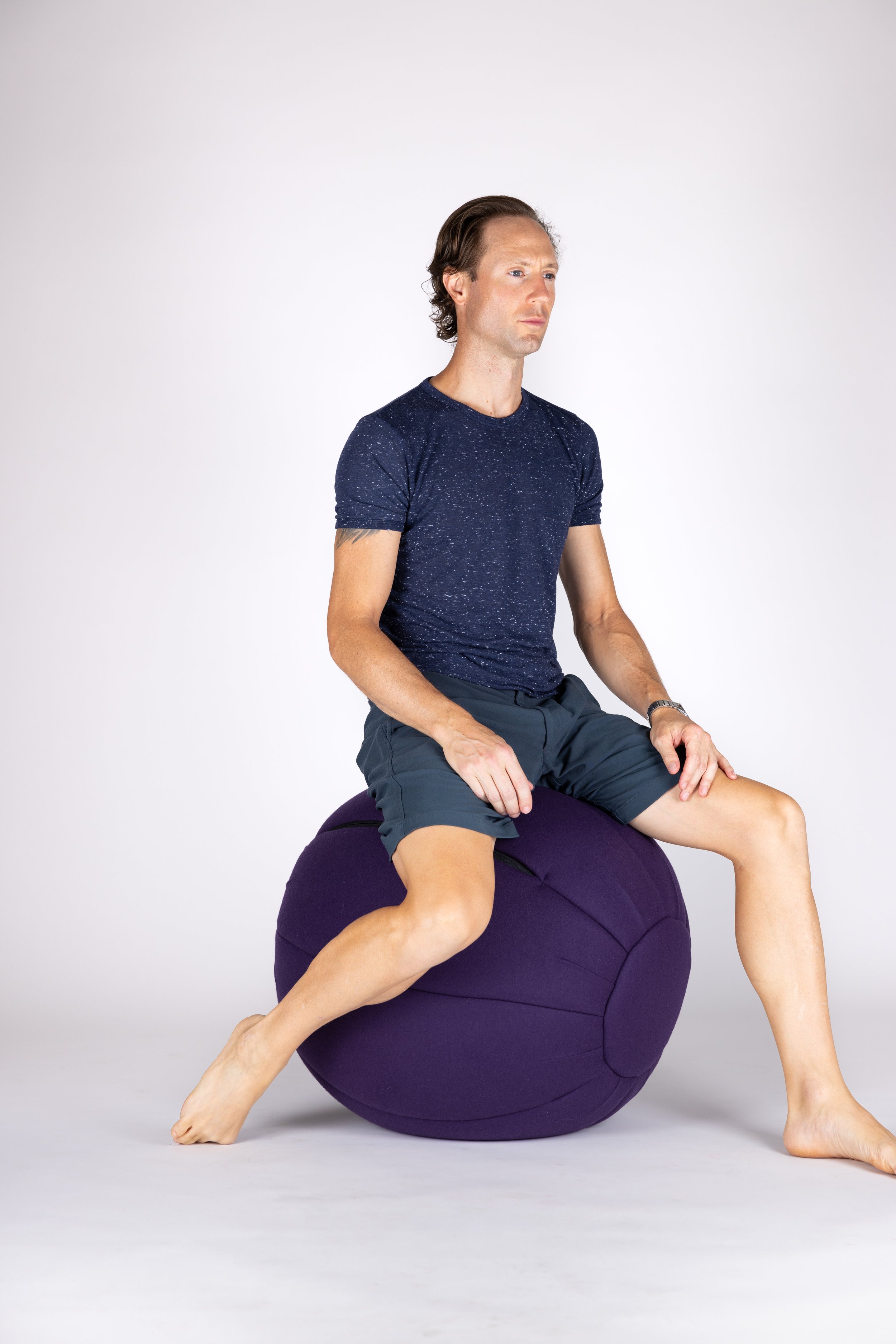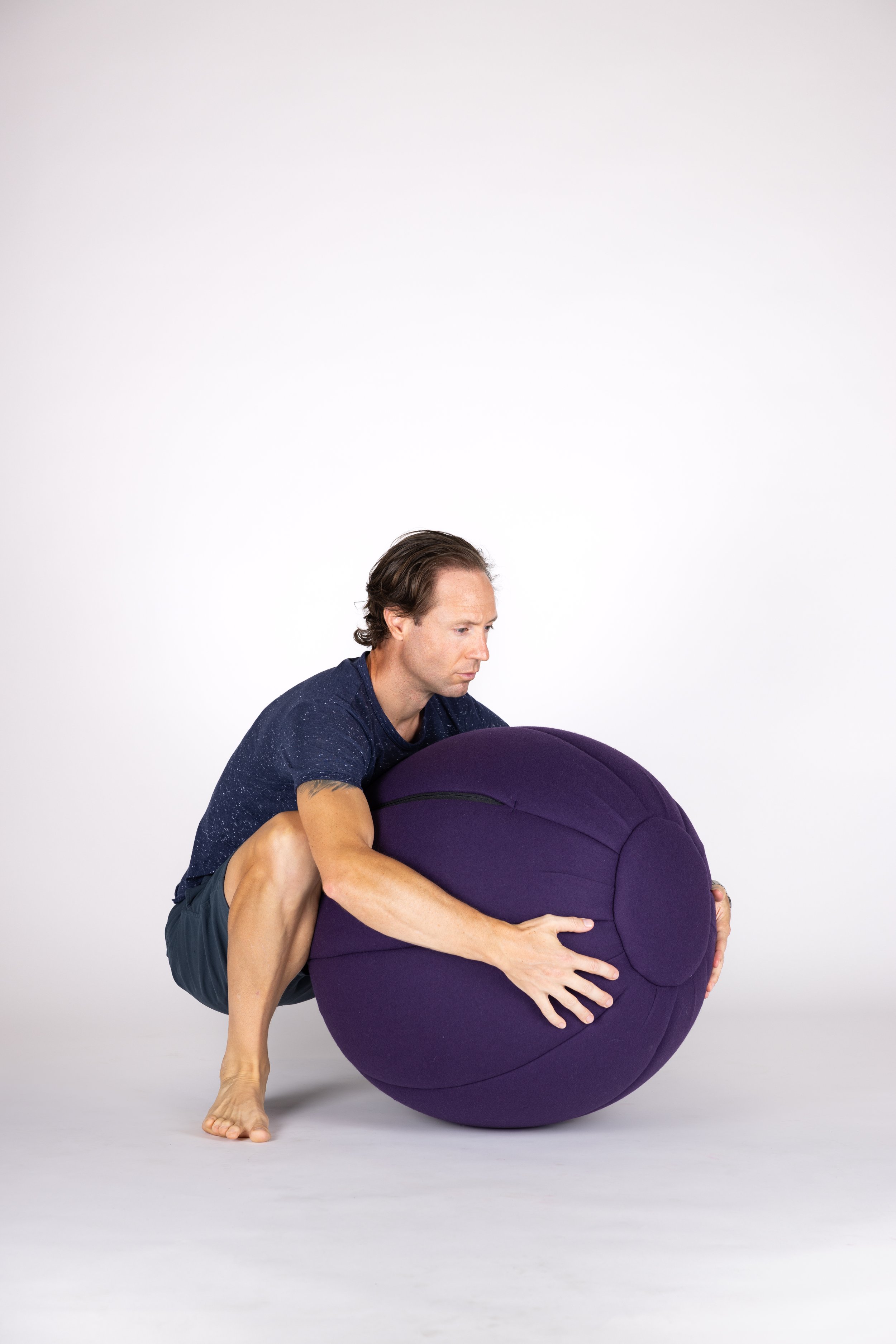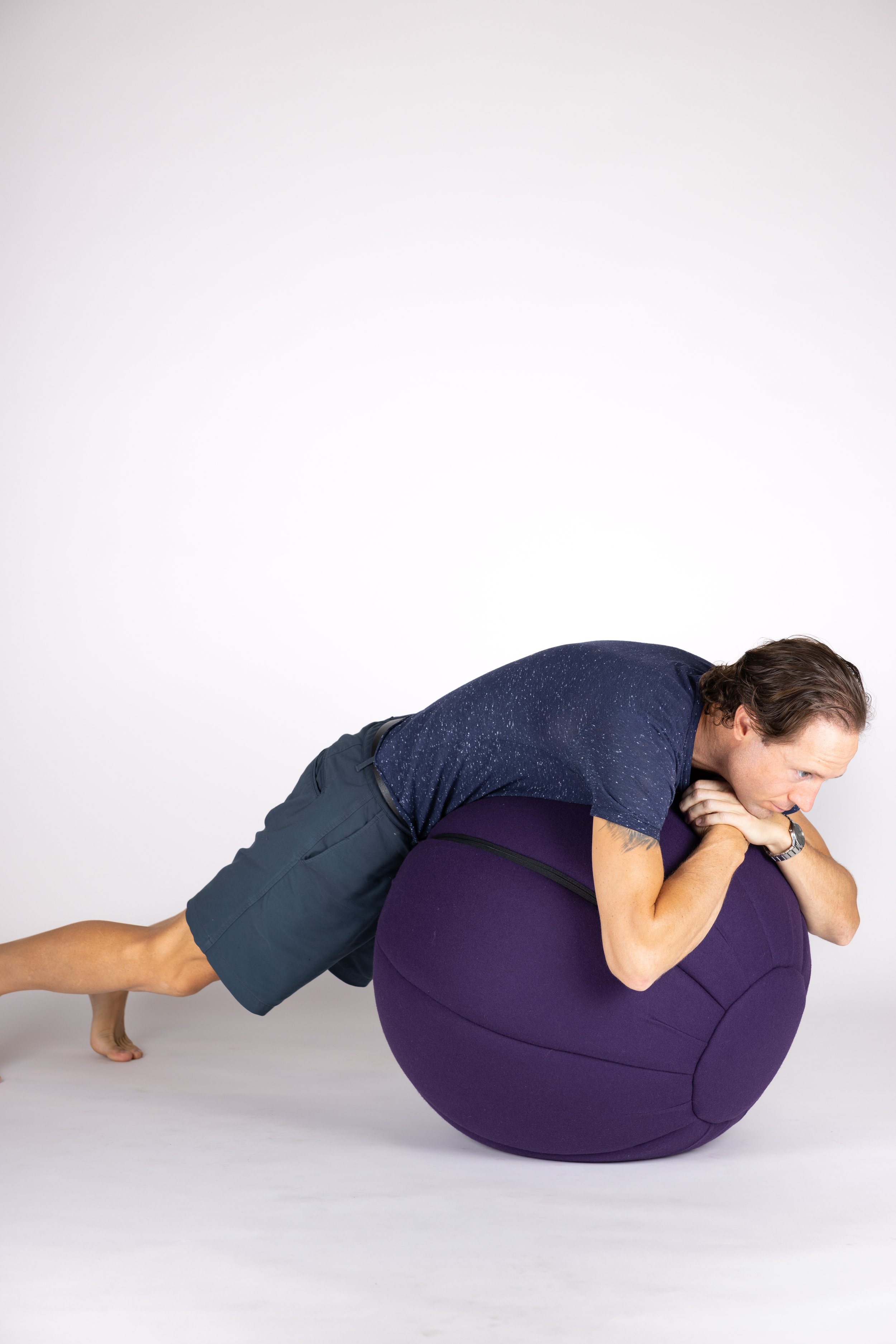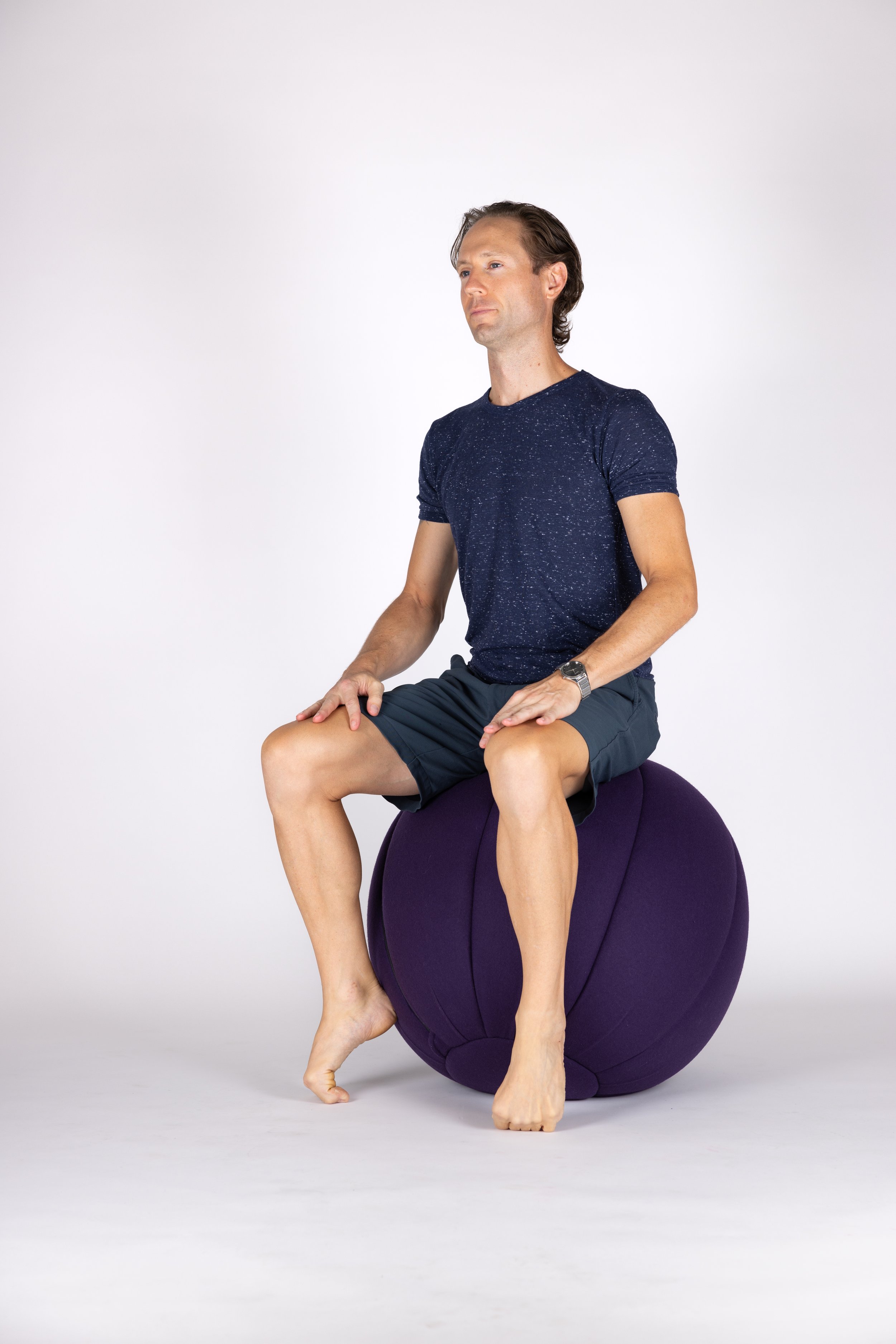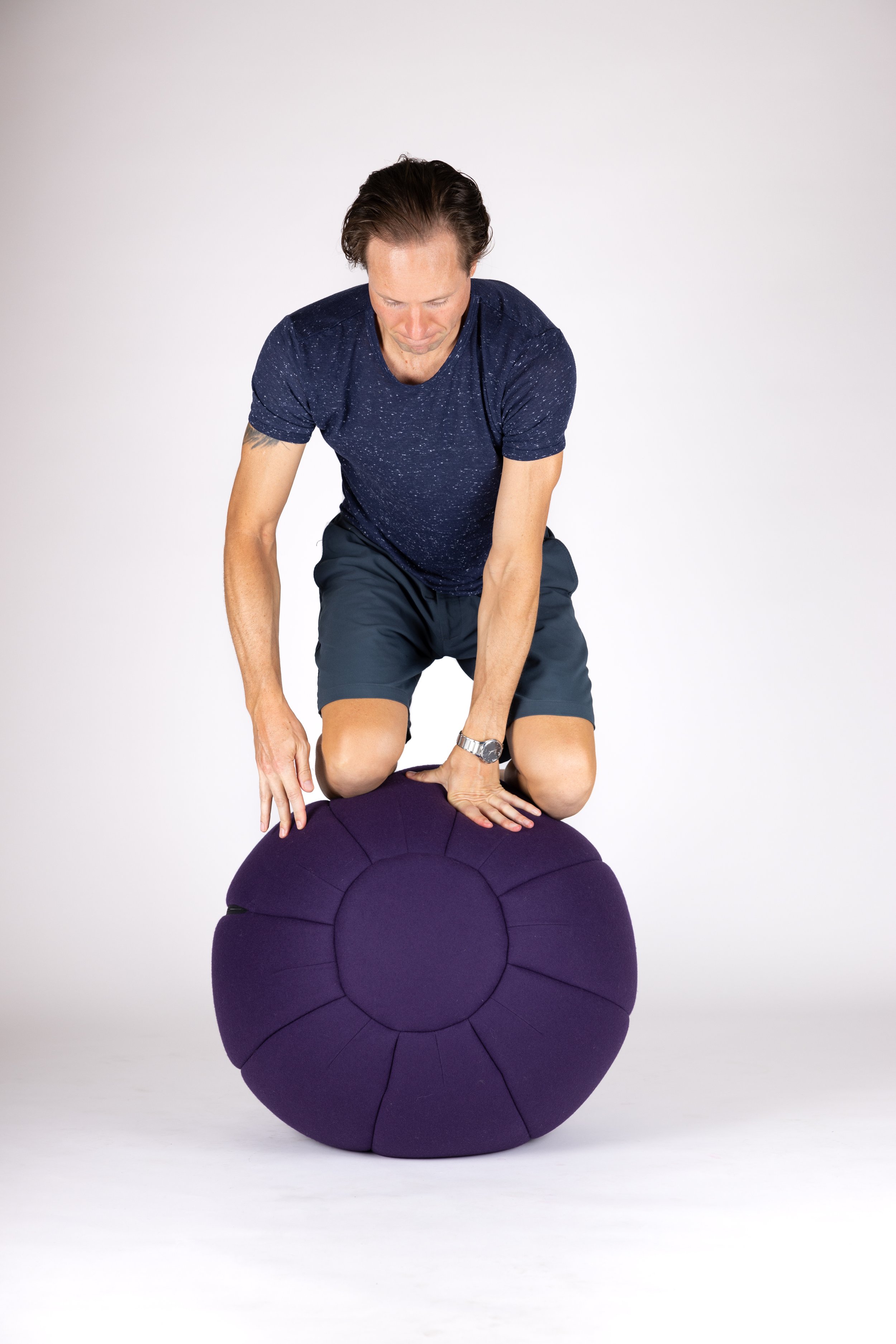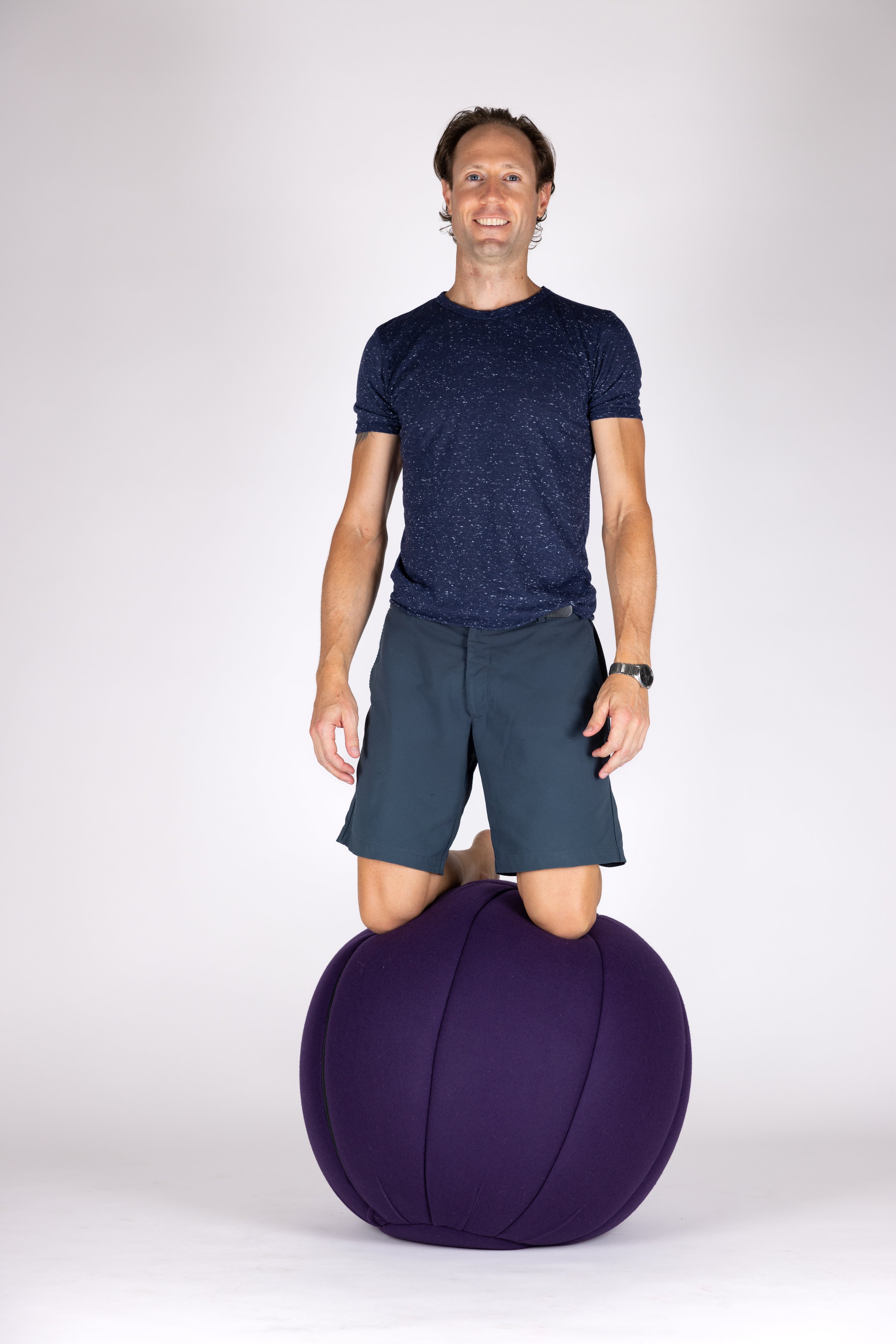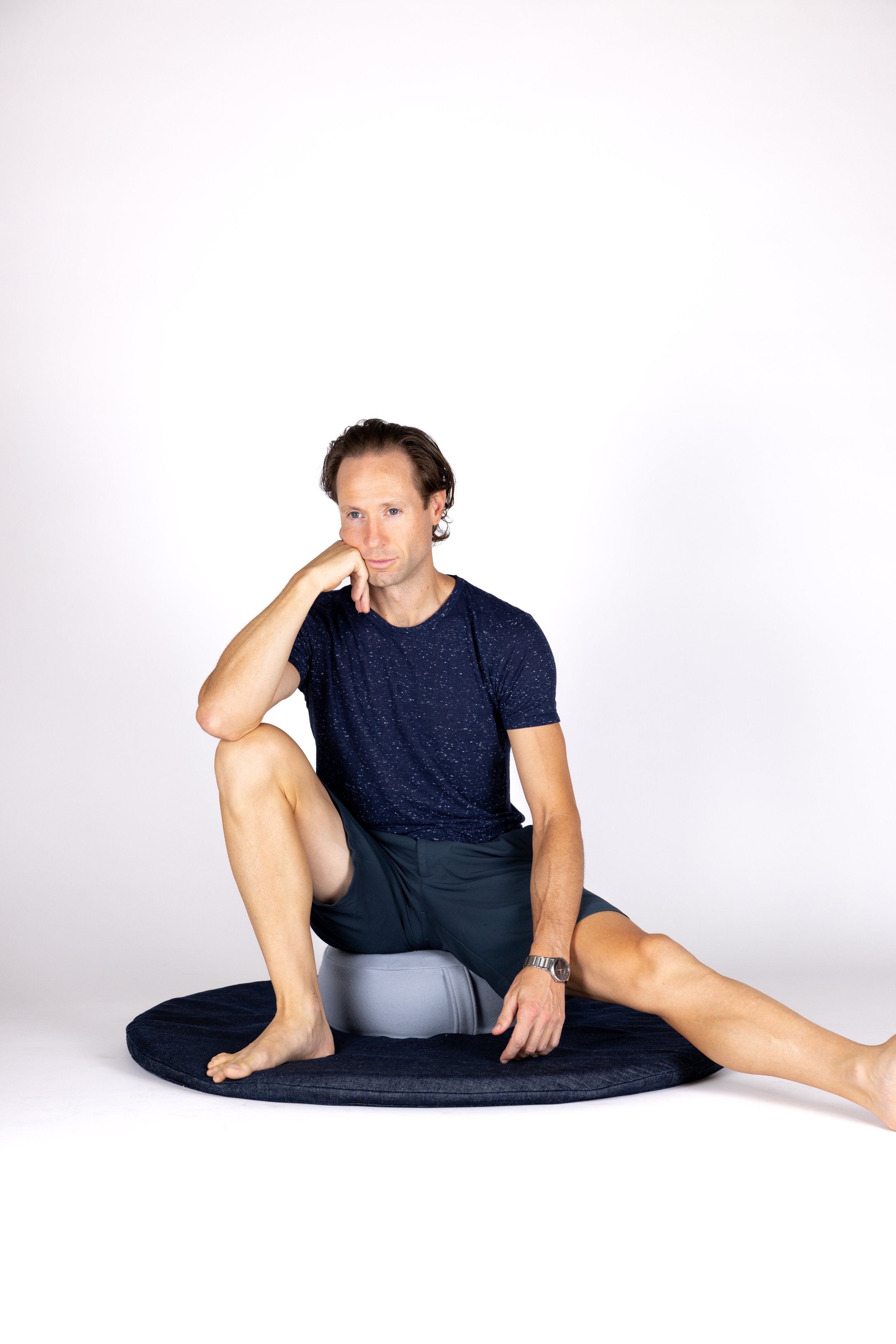4 Foundation Postures for Daily Life
At Venn we have the belief that typical ergonomic philosophies are overly reliant on orthogonal geometry and too much “support.” Sedentarism is the real culprit for most aching backs and poor posture. To have a strong and healthy posture, you must use your body! Daily! In multiple postures!
We’ve come up with 4 foundation postures for daily life to set you up for success. And as you’ll notice, they serve as the foundation for our product development. We’ve reduced the wide and deep subject of ergonomics to these 4 foundation postures to give you maximum benefit in an easily applied methodology.
The place to get strong is not only in the gym or while practicing your favorite sport or hobby. That might only be 1-3 hours per day! What are you doing with your posture for the ~16 hours you are awake? Examining this area of your life is where massive health benefits and athletic potential are to be found.
Because we espouse at least these 4 postures for your waking hours, the obvious question is, “how long should I spend in each posture?” Your body will tell you! You must learn to listen to when your body is noticing fatigue or discomfort from any one posture and use that as your signal to rotate to a new posture. You can be overly sedentary even if you are using a Venn Air Chair for your hours working at a computer. You need the variety! Recognize the detrimental effects of sedentarism and create an environment for work, home, or play that inspires movement and you’ll reap the benefits.
4 FOUNDATION POSTURES
for daily life
Floor sitting
Floor sitting is the most under-utilized wellness practice for the average person. Why is it so effective at helping you improve or maintain your fitness and postural strength? Because when it comes to calculating the amount of work or effort in any given movement, you must always look at the impact of gravity first. By lowering your center of gravity to the ground or raising it back up to a standing posture, you challenge your posture through its entire range of motion. And because you have to flex or point your ankles, knees, and hips while sitting with crossed legs or on top your feet, you’re working all the main joints of your body. Learning to get up and down from the floor without using your hands or additional support is an excellent metric for assessing strength, mobility, and balance. To maintain your agility and mobility long into life so you can play on the floor with your grandchildren, floor sitting is the most important posture to integrate into your daily life.
Standing
There was a push to make sitting the new smoking and everyone rushed out to purchase standing desks. But if you’re only using one posture, you will end up fatigued and stagnant. However, when mixed into a rotation of postures, standing for chores and tasks is an excellent way to break up the day. Standing workings your heart much harder than sitting because your heart has to pump blood over a longer vertical distance, thus shifting into a higher gear. However if you aim to stand for 8+ hours a day, without eating enough food or stretching periodically you will fatigue and lose peak concentration. By rotating through a series of postures that includes standing, you’ll maximize your creative output and focus without resorting to locking your knees for stability. If you’re looking to maximize the benefits of standing, try incorporating a challenging surface that will unconsciously challenge you with balance like a rock mat, spikes, foot rollers, or your favorite reflexology device.
Task sitting
When you need to use your maximum focus, we suggest using an Air Chair at a desk or table. Because there is no back support, you must learn internal lifting equal and opposite to gravity. If that is confusing, stand beside a tree and notice how it reaches towards the sky and do your best tree impression. At first it will be challenging to maintain consistent internal lifting and you’ll get tired and start to round your back and neck. That’s when we suggest laying back and do a back-bend or change up your leg positions. If you’re sitting flat-footed the entire time, you will get tired and feel stagnant. Try a knee balance for a few minutes to get your blood flowing again, or balance yourself with the tops of your feet on the ground for an excellent hip flexor stretch. Because we spend so many hours seated with our feet flat, most people have compressed hips. Flipping your feet over and stretching the tops of your feet and quadriceps will feel amazing.
Walking
Walking is the antidote to most ails in life. Especially when a walking habit is abandoned for days or weeks at a time, health metrics quickly go downhill. But almost everyone can walk, so the benefits are accessible to most. The key, like incorporating multiple postures into your every day, is consistency. Set a goal of walking every day for a week. And then a month. And then a year. Can you work up to walking an hour or more every day? Yes! Especially when you combine a phone call with a colleague, listen to a favorite learning podcast to enrich your mind, or dedicate yourself to meditation time with nature. Feeling creatively stuck on a presentation or problem? Go for a 10-20 minute walk. Winter blues setting in? Throw on a jacket and get some fresh air on a hike. Skip the treadmill if you can so you can incorporate a variety of surfaces and footwork. While of course better than not walking, treadmills and too many flat surfaces all the time lack the variety of step height and texture your body craves.
Looking for help and guidance to develop a variety of postures that best accomodates your unique body and lifestyle? Contact us below to connect with our movement professionals in a 1:1 session.
